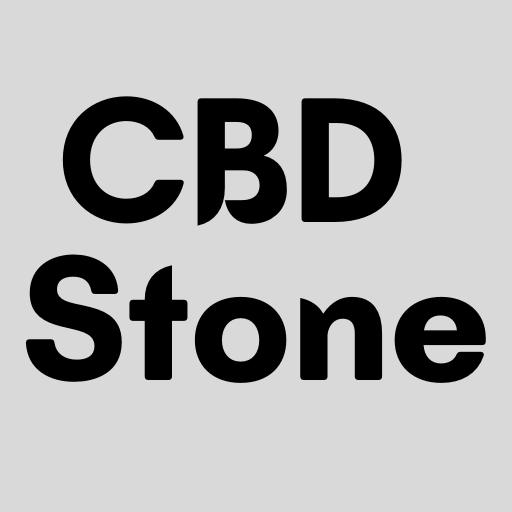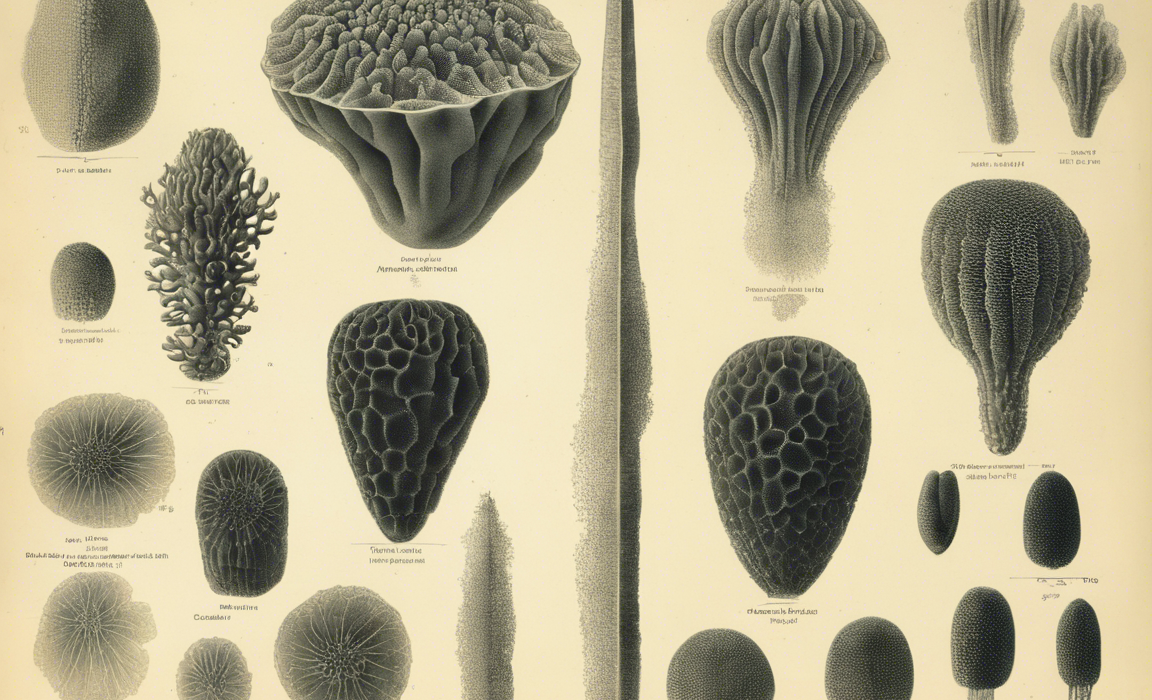Introduction
Porifera, commonly known as sponges, is a diverse group of marine animals that belong to the phylum Porifera. They are simple multicellular organisms that lack true tissues and organs. Despite their simple body structure, sponges play a crucial role in marine ecosystems. In this article, we will delve into the classification of Porifera, exploring the various characteristics that define this fascinating group of organisms.
Phylum Porifera
Porifera is a diverse and ancient phylum that includes over 8,500 species of sponges. These organisms are found in marine environments worldwide, from shallow waters to the deep sea. Sponges exhibit a wide range of shapes, sizes, and colors, making them an intriguing subject of study for biologists and marine enthusiasts alike.
Classifying Sponges
Sponges are classified based on a variety of characteristics, including their body structure, spicules, and reproductive methods. The classification of Porifera is primarily based on the following criteria:
1. Body Structure
Sponges can be classified into three main groups based on their body structure: asconoid, syconoid, and leuconoid. These categories refer to the complexity of the sponge’s body plan and the arrangement of its internal canals.
- Asconoid: This is the simplest body structure found in sponges. Asconoid sponges have a tube-like body with a central spongocoel that is lined with choanocytes, or collar cells.
- Syconoid: Syconoid sponges have a more complex body structure than asconoid sponges. They feature folded body walls with radial canals that increase the surface area for filter feeding.
- Leuconoid: Leuconoid sponges are the most complex of the three body types. They have a highly folded body wall with numerous chambers and canals, allowing for efficient water circulation and filter feeding.
2. Spicules
Another important criterion for classifying sponges is the presence and composition of spicules. Spicules are tiny, needle-like structures that provide structural support and protection to the sponge’s body. They can be made of calcium carbonate, silica, or spongin, a flexible proteinaceous material.
- Calcarea: Sponges in the class Calcarea have spicules made of calcium carbonate. These spicules are typically small and have a simple, geometric shape.
- Hexactinellida: Known as glass sponges, Hexactinellida sponges have spicules made of silica, giving them a glass-like appearance. These sponges are primarily deep-sea dwellers.
- Demospongiae: The class Demospongiae contains the largest number of sponge species and includes sponges with spicules made of silica or spongin. Many commercially important sponges, such as bath sponges, belong to this class.
3. Reproductive Methods
Sponges reproduce sexually and asexually, and their reproductive methods can vary among different species. Reproduction in sponges is primarily based on the production of gametes and the release of larvae or gemmules.
- Monoecious: Monoecious sponges have both male and female reproductive structures within the same individual.
- Dioecious: Dioecious sponges have separate male and female individuals, each producing either sperm or eggs.
FAQs (Frequently Asked Questions)
-
What is the role of sponges in marine ecosystems?
Sponges play a crucial role in marine ecosystems by filtering water, recycling nutrients, and providing habitats for various marine organisms. -
How do sponges feed?
Sponges feed by pumping water through their bodies and filtering out small organic particles, such as plankton and bacteria, for nutrition. -
Are sponges sensitive to environmental changes?
Yes, sponges are sensitive to environmental changes, such as water temperature fluctuations and pollution, which can impact their growth and survival. -
Do sponges have predators?
Yes, sponges have predators, including sea slugs, sea stars, and certain fish species that feed on their tissues. -
Can sponges regenerate damaged tissues?
Sponges have remarkable regenerative abilities and can regenerate damaged or lost tissues through cell division and reorganization.
Conclusion
The classification of Porifera is a complex and fascinating field of study that sheds light on the evolutionary history and diversity of sponges. By examining the body structure, spicules, and reproductive methods of these organisms, scientists can gain a deeper understanding of their biology and ecological importance. Sponges serve as a reminder of the wonders of the marine world and the interconnectedness of all living organisms in the ocean.


